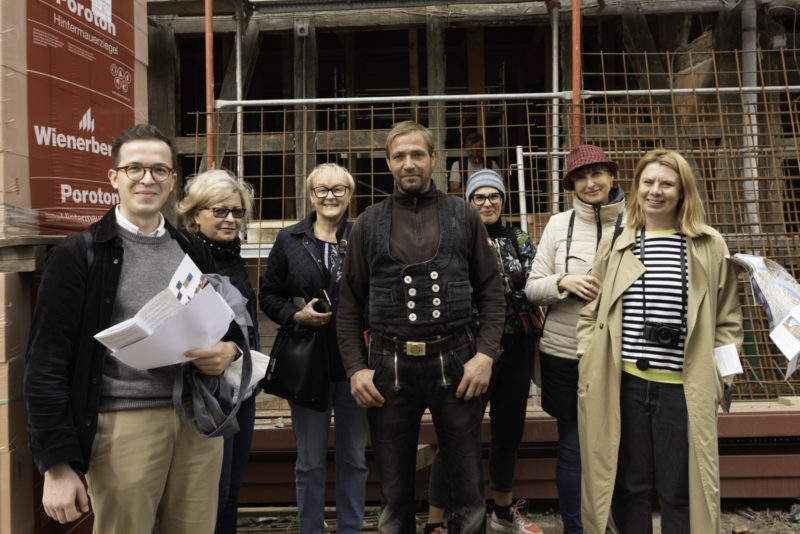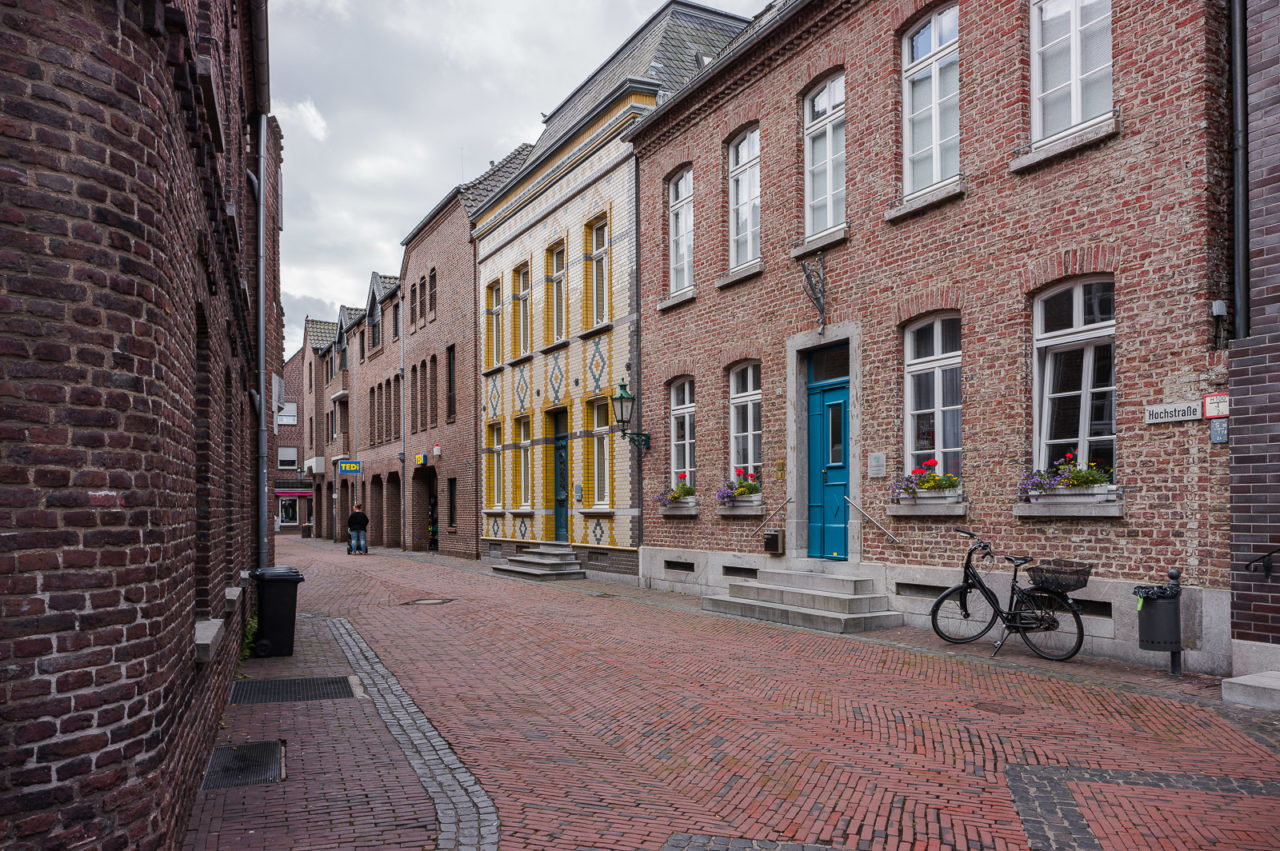Regions Lab

Regions Lab is a research and development project of the National Institute of Architecture and Urban Planning and academic centres: the Warsaw University of Technology and the University of Warmia and Mazury.
The main goal of the project is to increase awareness and knowledge of Poland’s architectural and urban planning heritage understood as cultural legacy. The goal is to develop solutions to protect the architectural and urban integrity of regions and to build the economic potential of today’s cities based on their architectural identity.
The Lab’s area of operation is small towns with a population of up to 30,000. Through their prism, the concept of regional identity is defined. The research conducted and data collected will be used to create a Toolkit for Regions—a practical and functional tool for officials, residents, architects and investors—to help in decision-making on regional spatial planning.

An important element of the project is an innovative research method involving residents’ engagement—residents understood as actors and creators of investment activities in the process of identifying the architectural and urban code of a given region/place.
Activities
The main tasks of the organisers are to lead the research phase of the project and to present the material collected.
The research phase consists of the identification and authentication of architectural and infrastructural traces of the modernisation processes from the interwar period. This includes, among others, the identification of typical projects realised during this period, such as schools, railway stations or standard residential buildings—also the ones built of wood. The work on local heritage will also produce maps, guidebooks or postcards with attractive photographs of local architecture, to be distributed for free.
Funding sources and partners
Patron medialny:











